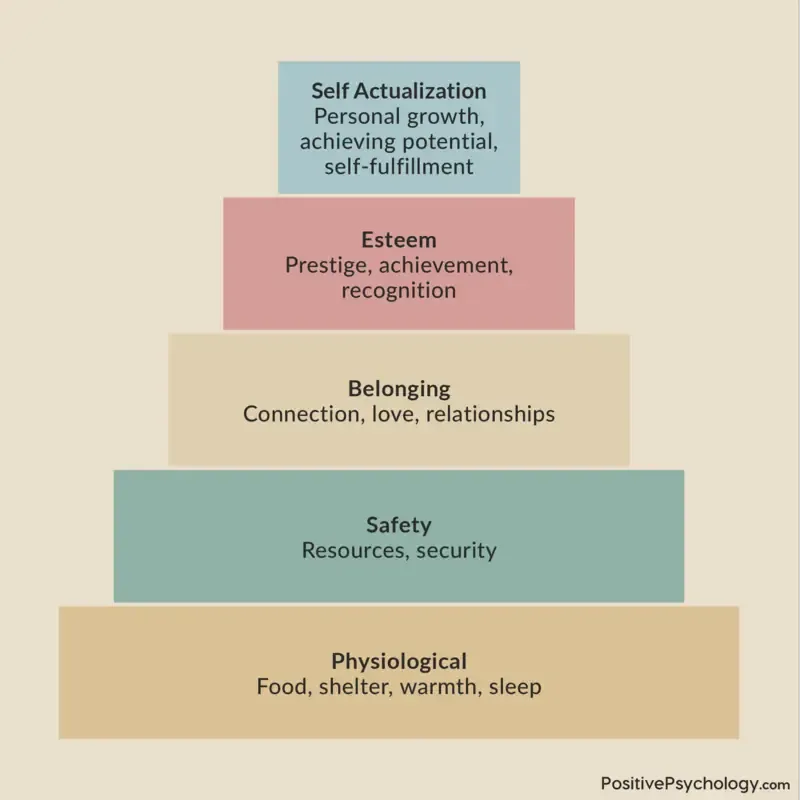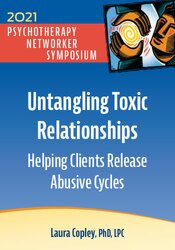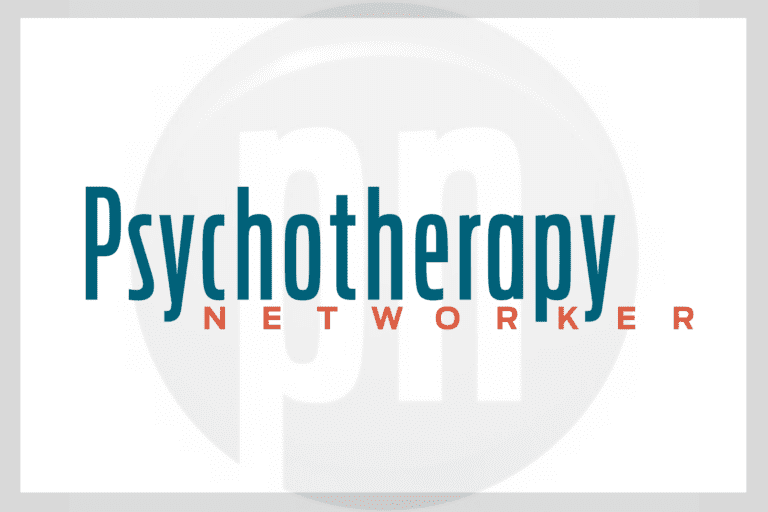One of the most influential theories in human psychology that addresses our quest for wellbeing is Abraham Maslow’s hierarchy of needs.
While Maslow’s theory of the hierarchy of needs has served as a foundational guide for decades, the rapid evolution of society, technology, and our understanding of human psychology calls for a fresh examination of this timeless framework.


Helping clients disentangle themselves from a toxic relationship is difficult but important work, especially when powerful “trauma bonds” continuously draw them back to emotionally or physically abusive partners in an unconscious attempt to heal past wounds. How can therapists guide clients toward a conscious awareness of what’s keeping their relationship toxic and emotionally transactional? And how can we determine if a trauma-bond dynamic can be repaired in a relationship? In this recording, learn a specific process to help clients recognize the spectrum of toxic relationships, heal the wounds that create trauma bonds, and rediscover their Self. You’ll discover how to:
According to Laura Copley, licensed professional counselor and owner of Aurora Counseling & Well-Being, all couples are affected by how early attachments inform their adult relationships. She spoke with us about how her own traumatic background led her to investigate these bonds, and how to best help individuals interrupt the unhealthy, even dangerous, relational patterns they can create.


In our vast arsenal of therapeutic strategies, using journal prompts for self-reflection can be a powerful practice that bridges the therapeutic space and the client’s daily life.
The journaling process involves the structured or free-form expression of thoughts, feelings, and experiences through written words. Using journal prompts enhances self-reflection and cognitive restructuring, leading to improved self-understanding and better emotional regulation (Smyth & Helm, 2003; Ullrich & Lutgendorf, 2002).
Dr. Laura Copley is a Licensed Professional Counselor, Relationship Trauma Expert, Educator and International Speaker, Podcast Host of “Tough Love with Dr. Laura Copley” and author of the new self-help book, “Loving You is Hurting Me”
Copyright © 2024 Dr. Laura Copley, All Rights Reserved.